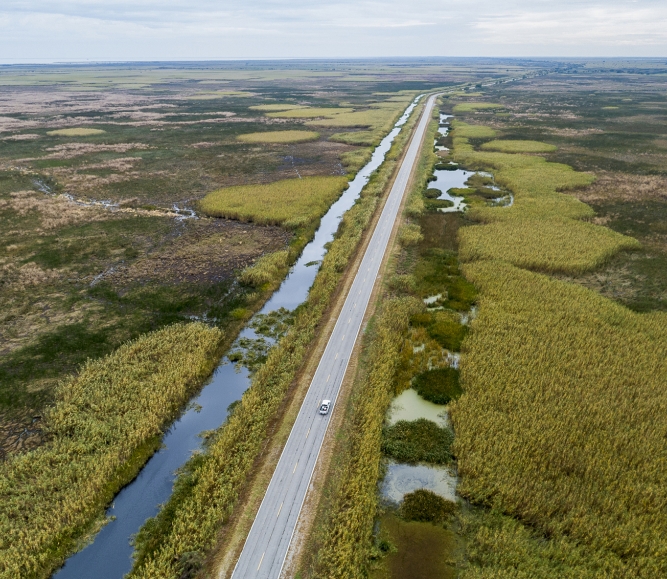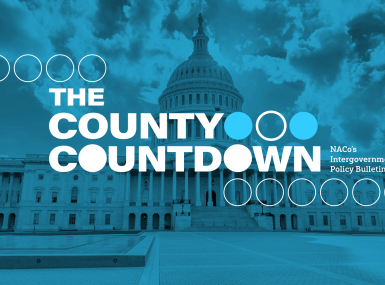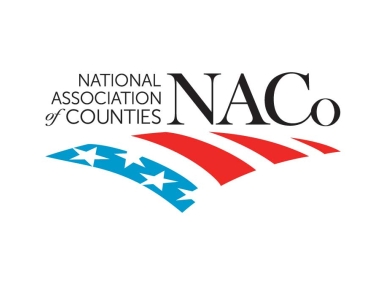NACo Regulatory Analysis: The Waters of the United States

Author

Charlotte Mitchell Duyshart
Upcoming Events
Related News
“Waters of the United States” is a phrase used in the Clean Water Act (CWA) to determine which waters are subject to federal jurisdiction. The CWA establishes the basic governance structure for pollution of the nation’s surface water, prohibiting the discharge of certain pollutants into “navigable waters,” which are defined as “waters of the United States, including the territorial seas.” However, the term waters of the United States, or WOTUS, is not further defined in the CWA. As such, the U.S. Environmental Protection Agency (EPA) and the U.S. Army Corps of Engineers – the two agencies responsible for administering the CWA – have defined WOTUS in regulations.
The definition of WOTUS directly impacts county governments as owners and operators of local infrastructure. Counties are responsible for public safety water conveyances, municipal separate stormwater sewer systems (MS4), green infrastructure construction and maintenance projects, water reuse infrastructure and emergency management systems. Depending on whether a certain water meets the definition of WOTUS, counties may need to apply for a federal permit to maintain or build new infrastructure projects.
Advocacy Hub
Waters of the U.S. Action Center
Find the latest resources from NACo on Waters of the U.S.

Related News

U.S. Department of Agriculture unveils $700 million for regenerative agriculture
On December 10, U.S. Secretary of Agriculture Brooke Rollins announced the launch of a $700 million pilot program to support regenerative agriculture practices across the country.

County Countdown – Dec. 1, 2025
Every other week, NACo's County Countdown reviews top federal policy advocacy items with an eye towards counties and the intergovernmental partnership.

Counties Celebrate Key Permitting Inclusions in SPEED Act
NACo issued the following statement in response to the passage of the Standardizing Permitting and Expediting Economic Development (SPEED) Act (H.R. 4776), which advanced out of the U.S. House Committee on Natural Resources on November 20.